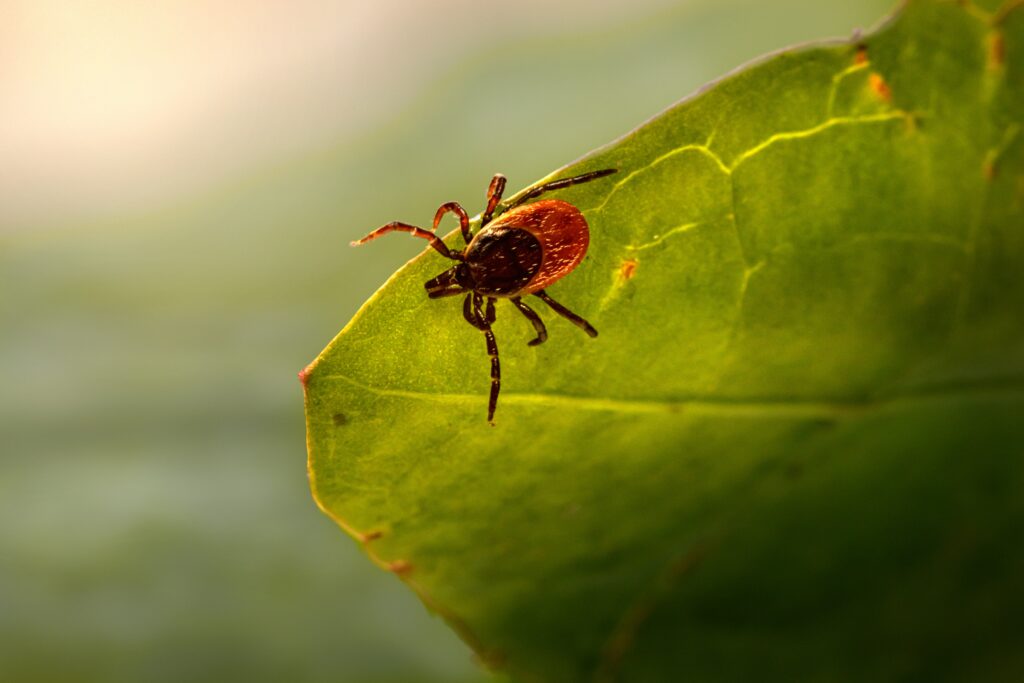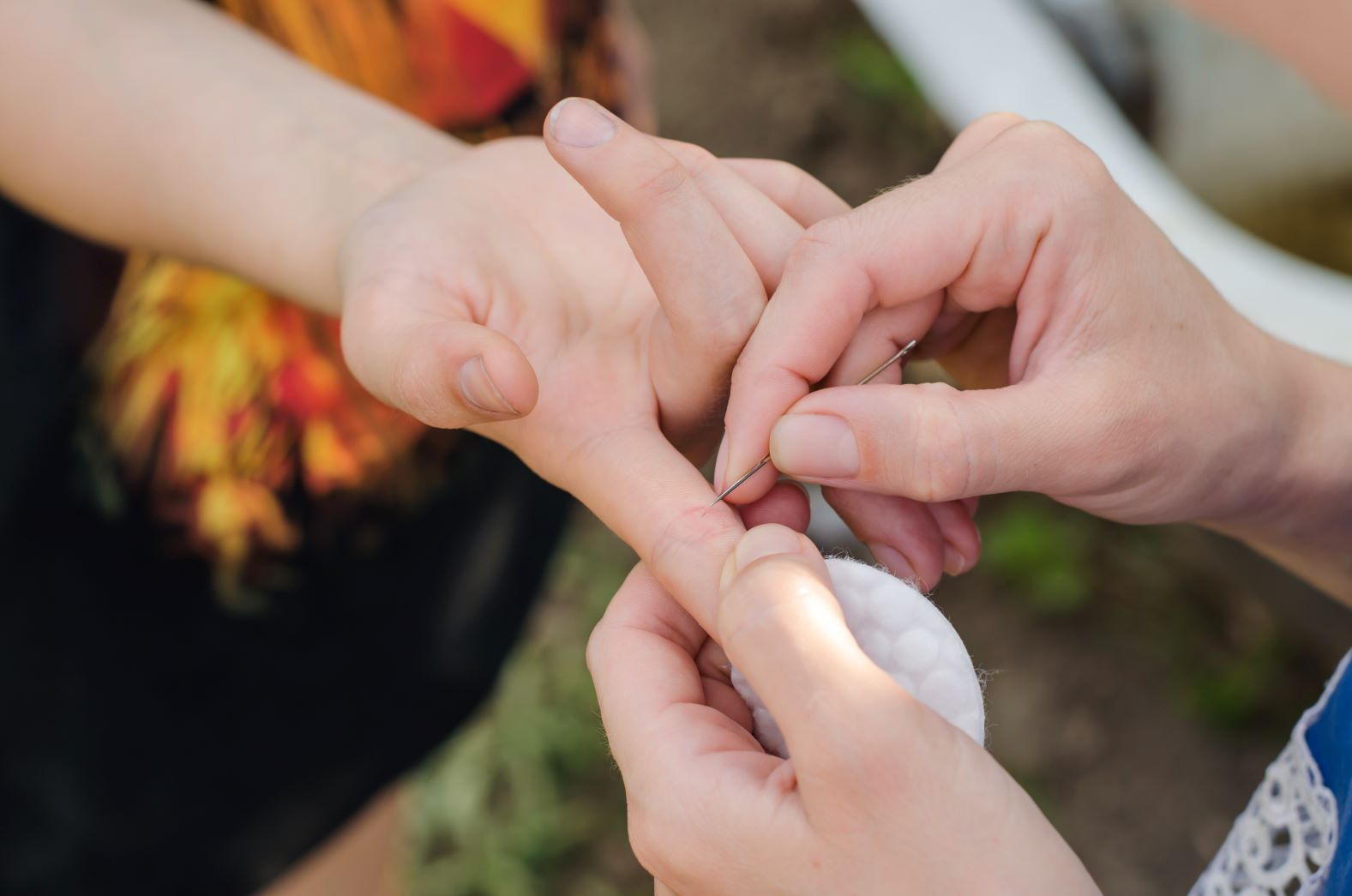First Aid Guide for Tick Removal: Most tick bites are harmless and do not require medical treatment. But there are instances where these parasites carry harmful germs that can cause diseases like Lyme disease.
Knowing the symptoms and what steps to take following a tick bite can reduce your risk of complications.
What Are Ticks And Tick Bites?
Ticks are tiny parasites that feed on warm-blood hosts through tick bites.
A tick bite can cause infections in both humans and animals, with bacteria and viruses that can cause diseases. Some of these conditions can be serious such as Lyme disease, tularemia, ehrlichiosis, rocky mountain fever, anaplasmosis, babesiosis, and more.
Tick seems to be everywhere; in fact, about 70 types of tick in Australia are commonly found on the east coast. This parasite is known to have a flat body and long mouth, which may appear wrinkly and leathery.
In Australia, most tick bites are caused by the paralysis tick Ixodes holocyclus that grows from an egg to a larva and then to a nymph.
Despite the prevalence of ticks in the country, many people are still unaware of tick-borne diseases. Many are still in the dark and not aware of the risks, which can be substantial.
Some people are allergic to tick bites, which can develop into a condition called tick paralysis. It is also possible for these parasites to pass on several illnesses to humans.
Here’s an overview of the symptoms of tick bites, prevention, and what to do if a bite is discovered.
Tick Bites: Symptoms
Sometimes, tick bites only cause a red lump in the bitten area, with mild to moderate pain.
However, in some cases, tick bites may cause:
- Swelling
- Itchiness
- Blistering
- Bruising
In addition, symptoms of an allergic reaction can develop from a tick bite, including:
- Swollen throat
- Difficulty breathing
- Collapse or loss of consciousness
First Aid Guide For Tick Removal
The longer a tick is attached to your skin, the more likely that infection and other problems will occur. Therefore, the whole tick should be removed as soon as possible.
Here’s a first-aid guide for tick removal:
- From your first aid kit, use tweezers to grasp the tick close to its head or mouth. If there are no tweezers available, never use your bare fingers. Instead, use a tissue or paper towel when trying to remove the tick.
- Pull the tick straight out with a slow and steady motion. These will help avoid crushing the tick and leaving the head embedded in the skin.
- Clean the area well with soap and water. After that, wash your hands thoroughly to ensure no tick remains on the skin.
- Save the tick in a clear jar if it is safe to do so. Monitor any symptoms of Lyme disease (such as rash or fever) that could develop over the next week or two.
- If the tick removal process is unsuccessful or if you cannot remove all parts, seek medical help immediately.
The Don’ts of Tick Removal
There are many common misconceptions and folklore remedies when it comes to tick removal. In reality, these actions have no proven value and may cause further harm.
For best practices, avoid the following actions:
- Do not use alternative methods in removing ticks, such as painting with fingernail polish, coating with petroleum, or using a glowing hot match or alcohol.
- Do not grab the tick at the rear of the body.
- Do not twist or jerk the tick while pulling it out.
- Do not crush the removed tick with your fingers.
The Centers for Disease Control and Prevention (CDC) recommends disposing of a live tick by putting it in alcohol, placing it in a sealed container, and flushing it down the toilet.
Before disposing of it, try to identify the tick by taking note of the size and colour. Remember all important details, including whether the tick is attached to the skin if it was full of blood, and how long it was attached to the skin.
This information will be helpful to pass on to paramedics or health professionals for further treatment.
Check your body carefully if you find one tick, as there could be more. When it comes to tick bites, prevention is the best medicine.
6 Tips To Prevent Tick Bites
Know Where To Expect Ticks
Most ticks are found in grassy, brushy, wooded areas or even on some animals. Spending time outdoors walking, camping, gardening, or other outdoor activities could bring you close contact with these parasites.
To avoid tick bites, avoid bushes, long grass, and wooded areas, especially after rain when they are at peak.
Wear The Right Clothing
Preferably, wear long-sleeved and light-coloured clothing with tightly woven fabric to limit the areas that ticks possibly target. Wearing light-coloured clothes also allows you to immediately see ticks on your clothing.
Take extra precautions and make sure to tuck your pants into socks, shoes, or boots so the ticks cannot easily get under your clothing.
Use Tick Repellents
Use an insect repellent that contains DEET or picaridin on exposed skin and clothing. When using these products, always follows the instructions and read the labels to be sure you use the product properly. Do not use products containing OLE or PMD on children under three years old or below.
Take Showers After Being Outdoors
Shower rinsing within two hours of coming indoors helps reduce the risk of getting Lyme disease. Thispractice also reduces the risk of other tick-borne diseases by washing off unattached ticks.
Create A Tick-Free Zone At Home
The first principle in creating a tick-free zone is to keep the lawn well-manicured and create a tick barrier between the lawn and taller grasses. Try to eliminate mouse habitats at home and if possible, add a deer fence to protect the garden.
Protect Pets From Ticks
You may have avoided tick-invested areas, but your pets might not. Most ticks can hitch a ride with your pets and move to you.
To prevent that, consider tick-prevention treatment or collar for your pets, especially those who spend most of their time outdoors.
Conclusion
Early removal is the key when it comes to a tick bite. The sooner you remove a tick from your skin, the better.
It takes time before the infection reaches the person’s bloodstream, especially in the case of Lyme disease. It needs to remain attached to the skin for more than 36 hours before the infection can be transmitted, so it is best to remove the ticks as quickly as you can.
If you or a loved one suffer from tick bites, you will want to treat the bite site immediately. Getting a first aid course will teach you what to do after a tick bite.
Sign up for a first aid course and get useful, helpful, and relevant health and safety information.








